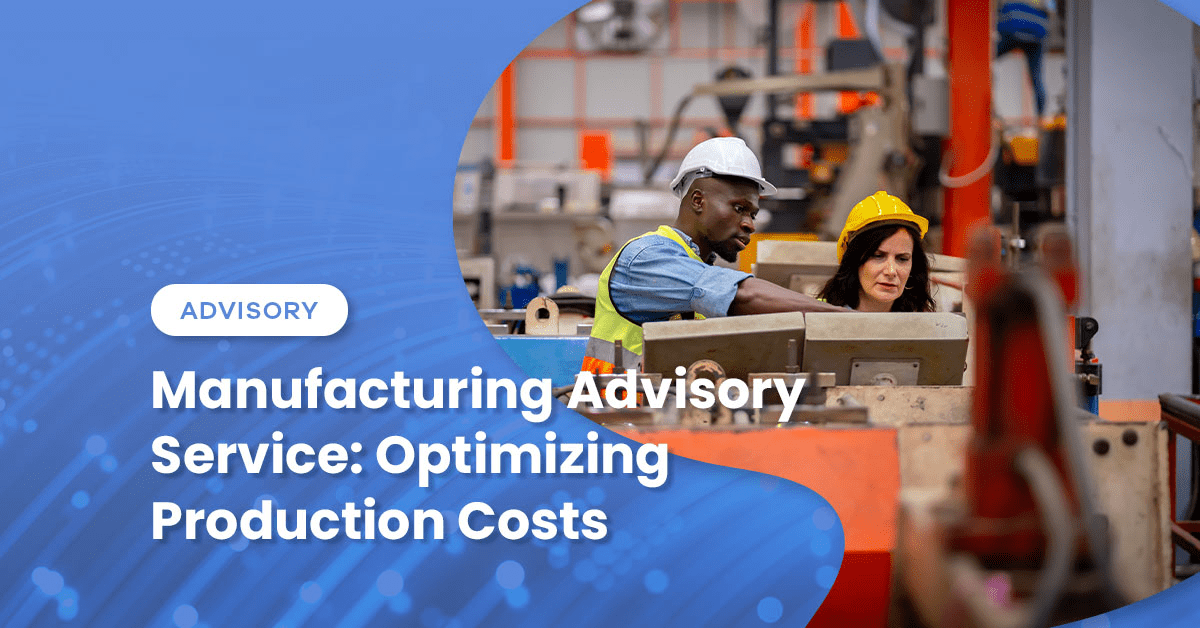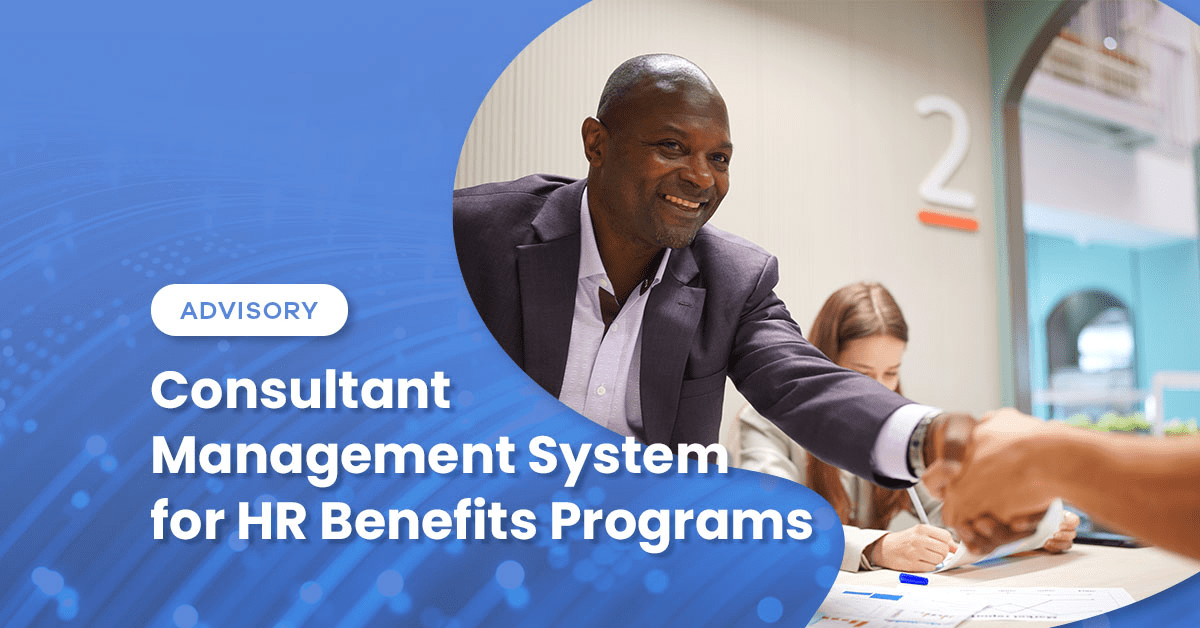Where have you heard this story before? A recruiter finds an incredibly talented, high-caliber candidate for a client. They seem like a great match during the interview/courting process, and within the first 3-6 months, it suddenly goes south. What happened? Well, the narrative often heard is to blame the Recruiter because they did not find the right candidate for the client. However, a more common scenario is that the company FAILED the new employee from the very moment they walked through the door the first day.
Far too often, companies assume that the hard work is over once the employee signs the offer letter and shows up for their first day. They view onboarding as a “few-hour process” on the first day, which entails signing paperwork, providing a benefits overview, walking them around the office, ensuring their new laptop is functional, and then, abracadabra, everything falls into place, right?
Many clients do not invest in building a strong People Operations team. That team is the conduit between the new employee and their Practice area/Hiring team. That team does everything from onboarding on Day 1 to ensuring ongoing integration throughout that employee’s time at the company. This is the critical linkage between the new employee and their employee experience. The first 30-90 days is the barometer of how a new employee will feel about not only their new position, but also, the company and its culture. The simplest way to think about culture is to consider how employees feel about themselves within the organization. Do they dread Sunday nights knowing they have to go to work the next day? Or are they reasonably excited because they feel like they are part of something in an inclusive and collaborative environment?
How do the best firms retain employees? They deliver on what they advertised and promised during the interview process and more. If they fail to deliver on their promises, employees WILL LEAVE as trust is broken, fracturing any loyalty to the organization.
Companies with the lowest turnover demonstrate the following attributes:
They are focused on successful employee integration. Performing check-ins within the first few months of the employee starting will help to ensure the experience has been favorable. If there are concerns or issues, they will be known early on, and steps can be taken to rectify them. It also tells the employee that the company CARES and VALUES them.
Leadership is invested in employees’ success and ongoing development (continued education/training and career mentorship). There is a structured and tailored plan (essentially a career path) beyond the job they took. Employees want to get a sense of what the future may hold and having a designed plan with clear end goals is motivating and certainly helps with engagement.
Leadership shares a consistent and clear communication strategy around the firm’s vision. The messaging must be aligned. Saying one thing and doing the exact opposite creates confusion and distrust. In addition, employees want to know what is happening at the company rather than finding out after the fact when possible (I realize there are times when information/events must be kept confidential).
Rewards and recognition are key ingredients for retention. Compensation and benefits must be aligned with the market. Is the company performing industry benchmark studies to ensure their compensation/benefits plans are in line with those of their competitors? Sometimes, recognition can be as simple as acknowledging someone’s efforts and saying, “Thank you!” Employees like to feel appreciated.
There is a correlation between compensation, promotion opportunities, and value derived. No employee wants to feel that the firm is squeezing the last bead of sweat out of them to improve margins.
The company provides flexibility and a reasonable work-life balance, which lends itself to positive mental health. Employees value their life outside the office. Having the ability to work remotely multiple days a week can re-energize employees. It also affords them the opportunity to be active in their family life. Having open PTO is a great perk on the surface, but if the employee feels it is frowned upon if they are utilizing it, it becomes a detriment.
The company maintains the optimal number of resources to ensure they are not overburdening employees. Open positions are filled swiftly, or at least temporary resources are brought into the organization to minimize the burden. Asking employees to assume the burden of other employees who left will lead to burnout and, ultimately, higher turnover.
Hire the RIGHT talent (high-integrity and empathetic people) who align with the firm’s culture; diversity, equity, and inclusion (DEI) strategy; and overall core values. Employees take notice of who the firm hires and whether the new hires align with the firm’s core values.
Offer a pleasant environment. Employees want to work with people they like, and it helps with retention.
Recruiting and retention are woven together in a tapestry, and the most successful firms excel at both.
Kevin Kurtz is a Partner who leads both the internal and client recruiting practice at Wiss. He can be reached at [email protected].





 Previous
Previous






